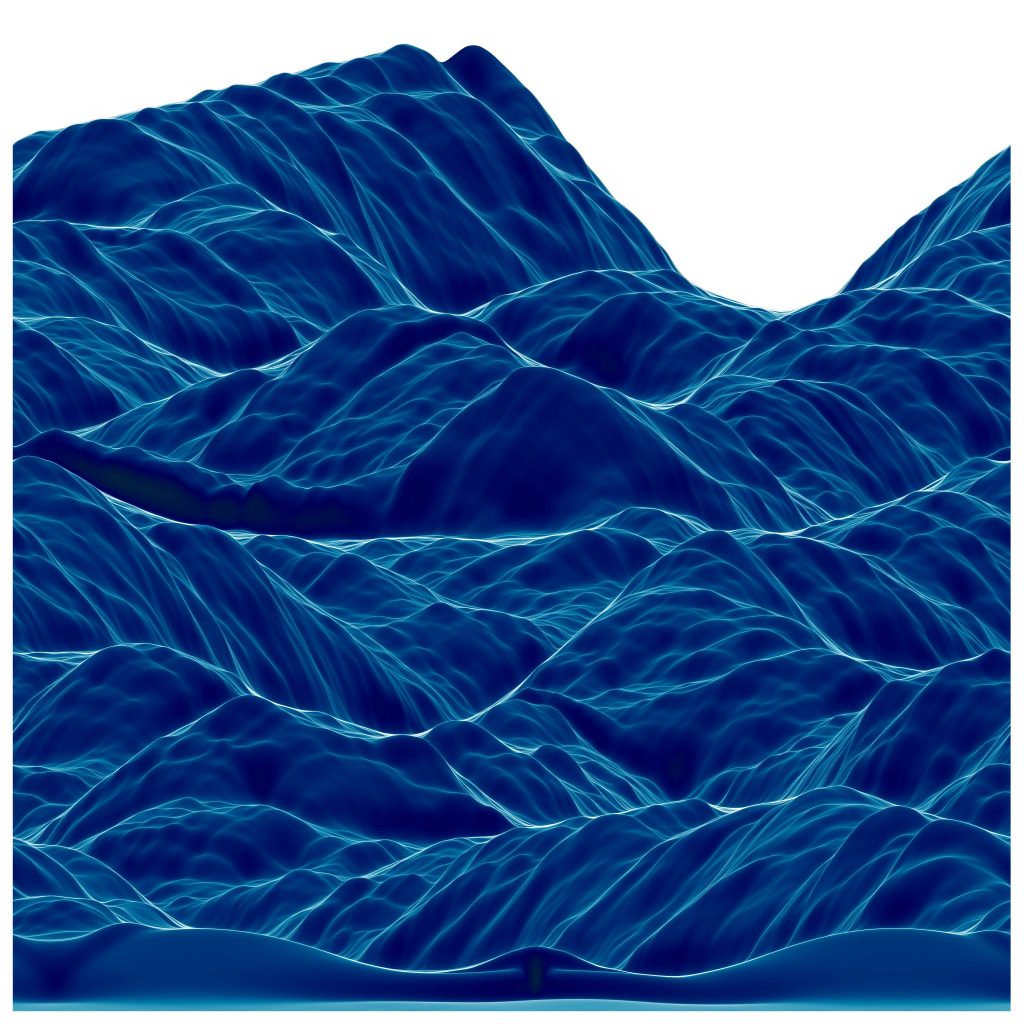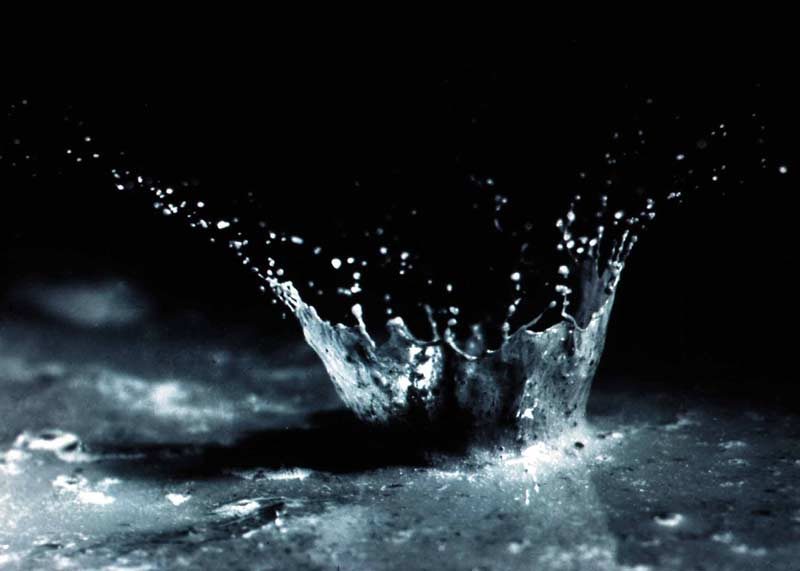Our lab is always looking for motivated students wishing to discover computational solid mechanics through challenging research topics and/or practical applications. We try to provide unique project subjects, tailored to the student and related to research relevant to the laboratory, such as:
- fracture and damage mechanics
- numerical methods (finite elements, boundary elements, coupling methods, homogenization, etc.)
- structural analysis
- contact mechanics, tribology
- discrete and atomistic modeling
- high performance computing
- material modeling
- and many more…
The complete list of available projects can be found below shortly before each semester. We often engage in collaborations with other labs and universities. We are also open to suggestions for project topics. If you have an idea for a project you wish to do within our lab, don’t hesitate to contact us.
Master’s semester projects
For master’s theses and more semester projects, you can contact [email protected]. Don’t hesitate to check out previous projects on infoscience.
Deep drawing is a common process in the high-volume production of sheet metal components for the automotive and consumer goods industries. In this process, a sheet is pulled into a forming die by the mechanical action of a punch and is secured in place between the die and the binder. The complexity of feasible parts depends on the deformation and fracture properties of the sheet material. Additionally, the friction in the contact areas between the sheet and the forming tools plays a crucial role. Friction can be beneficial as it controls the flow, preventing wrinkles. However, excessive friction can cause splitting of the parts. Therefore, it is important to have a thorough understanding of the frictional behavior of metal sheets in the deep drawing process.
Several semester projects in collaboration with Novelis Switzerland, a leading supplier of highly specialized aluminum sheet products for the automotive industry, are available. These include the possibility to conduct experiments at Novelis R&D lab, or within the Tribology and Interfacial Chemistry (TIC) Group at EPFL, as well as numerical simulations within the Computational Solid Mechanics Laboratory at EPFL.
Pin-on-Plate Tests:
One widely used method to measure the friction coefficient and study wear between two sliding surfaces is the pin-on-plate friction test. In this setup, a stationary pin is pressed against a plate and slides horizontally while a load cell measures the tangential force exerted on the pin. The CoF (Coefficient of Friction) is then obtained by dividing the measured tangential force by the applied normal load. Additionally, the wear weight at a certain sliding distance provides a measure of the system’s wear.
This project aims to use a pin-on-plate tribometer to investigate the influence of lubrication, normal load, and surface roughness on the wear and frictional behavior of a cast iron tool pin and an aluminum plate. To achieve this, the student will conduct pin-on-plate tests and measure the wear weight before and after the tests. Besides the wear measurements, the student will also measure microhardness and capture confocal and SEM images before and after the tests. A background in materials science is recommended for this project.
Evaluation Method for Frictional Shear Stress Distribution in Strip-Draw Tests:
In this project, mechanical strip-draw tests (as shown in the figure below) are used to quantify the friction response of typical deep drawing contact partners, i.e., sheet metal, tool, and lubricant (tribological system). Previous investigations have demonstrated that the friction response to various testing conditions, such as contact normal pressure and sliding velocity, is highly nonlinear and cannot be adequately described by simple linear models like Coulomb friction. Additionally, it was concluded that the frictional shear stress distribution in the contact area of a strip-draw test is inhomogeneous.
The objective of this work is to develop a reverse engineering method for the inhomogeneous frictional shear stress distribution in a strip-draw test. Using this method, both existing and new strip-draw tests will be evaluated. The resulting database will be analyzed, and, considering continuum mechanics principles, a suitable new frictional contact model will be derived to accurately represent the behavior observed in the experiments. If time permits, the new contact model will be implemented as a user subroutine into an existing FEA code. Finally, the functionality of the code will be demonstrated through simulation examples. A background in mechanical or civil engineering is recommended for this project.
Earthquakes can be devastating, both in terms of human and material damage. Although their existence has been known since the dawn of time, the physics of earthquakes is still poorly understood. Natural faults and earthquake characteristics are known to follow scaling power-law. The origin of this phenomenon has strong implications on the physical mechanisms driving slip events. However, it is not yet clear. The emergence of complexity can be related to the disorder of the system. Understanding if the observed complexity comes from the inherent complexity of the frictional motion or the system’s complexity is essential to better understand – and one day eventually predict – earthquakes. It has been shown numerically with a simple system without any disorder that resulting slip events follow a power-law distribution for the small events – like natural slip events – and a log-normal distribution for the larger ones. This project aims to study how adding disorder in this simple system will influence the transition between the power-law and the log-normal distribution of slip events. To do so, the student will use a finite element software developed in the lab (Akantu).
Supervisors:
Ferry Roxane Mathilde Suzanne, Jean-François Molinari

Extreme loads on solids lead to the formation of a multitude of cracks that propagate, branch and coalesce to form fragments. This process is called dynamic fragmentation. This process is of importance in many domains of engineering, where it is fundamental to predict the outcome of high velocity impacts or explosions. Often, one would like to extract statistics such as fragment size distribution. This project will feature experiments on object breaking into pieces to extract experimental statistics on fragments. The student will then use a finite element software (Akantu) to simulate crack propagation using different methods such as phase-field modelling of fracture or cohesive elements. The statistics obtained numerically will be compared to the experimental ones to highlight the advantage and limitations of the different simulation methods.
Supervisors:
Thibault Ghesquière-Diérickx, Shad Durussel, Jean-François Molinari

The impact of a drop on a solid surface is a canonical problem in fluid mechanics of fundamental significance in numerous natural and industrial processes, such as ink-jet printing, aircraft icing and spray cooling. Recently we found out soft solids display a similar behavior when colliding with a rigid surface. Namely, the contact is not made on the tip, but on an annular radius, with air trapped in between. This project will explore the scenario of highly viscous droplets and soft solids impacting on each other. The student will use the finite element software (Comsol Multiphysics) to simulate the dynamics using knowledge of both fluid and solid mechanics. Depending on the interest of the student the project will focus either on full 3D simulations to capture symmetry breaking or on axisymmetric ones to investigate the feasibility of using level-set or phase field simulation for droplet-air interface.
Supervisors:
Jacopo Bilotto, Jean-François Molinari

Former student projects
Below is a non-exhaustive list of previous projects done by students of LSMS.
Please note that the publication lists from Infoscience integrated into the EPFL website, lab or people pages are frozen following the launch of the new version of platform. The owners of these pages are invited to recreate their publication list from Infoscience. For any assistance, please consult the Infoscience help or contact support.